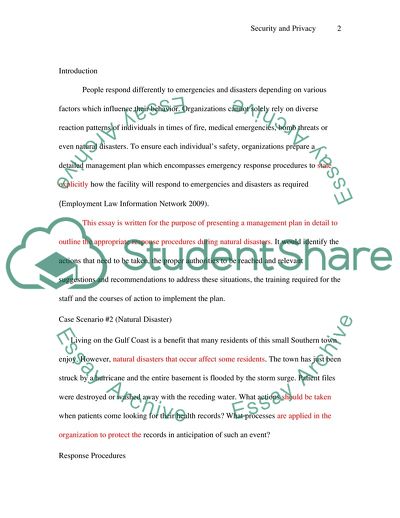Cite this document
(A Detailed Management Plan In Cases of Natural Disasters Essay, n.d.)
A Detailed Management Plan In Cases of Natural Disasters Essay. https://studentshare.org/environmental-studies/1726904-security-and-privacy
A Detailed Management Plan In Cases of Natural Disasters Essay. https://studentshare.org/environmental-studies/1726904-security-and-privacy
(A Detailed Management Plan In Cases of Natural Disasters Essay)
A Detailed Management Plan In Cases of Natural Disasters Essay. https://studentshare.org/environmental-studies/1726904-security-and-privacy.
A Detailed Management Plan In Cases of Natural Disasters Essay. https://studentshare.org/environmental-studies/1726904-security-and-privacy.
“A Detailed Management Plan In Cases of Natural Disasters Essay”. https://studentshare.org/environmental-studies/1726904-security-and-privacy.


